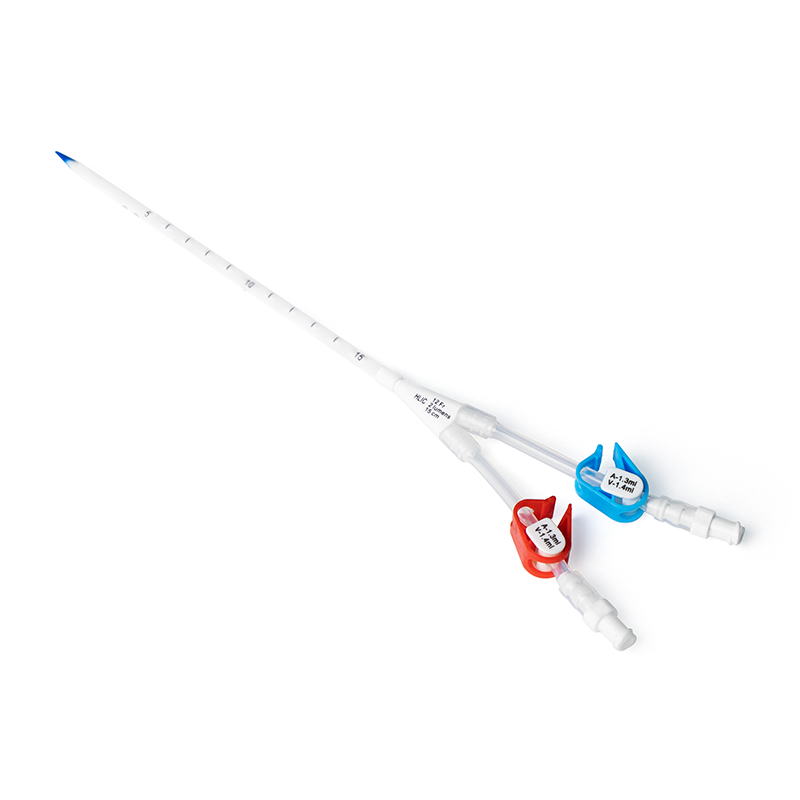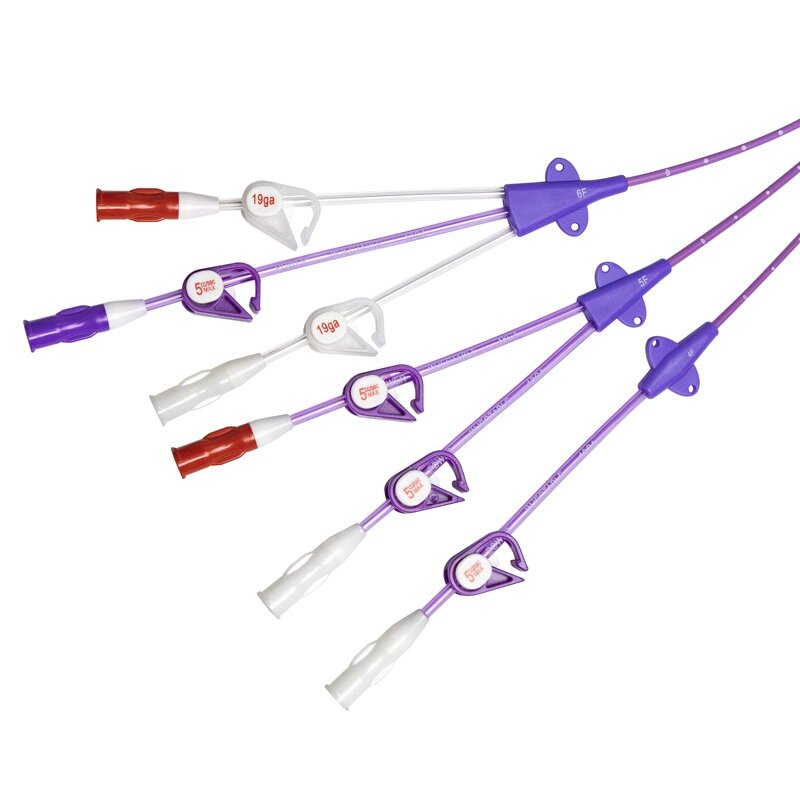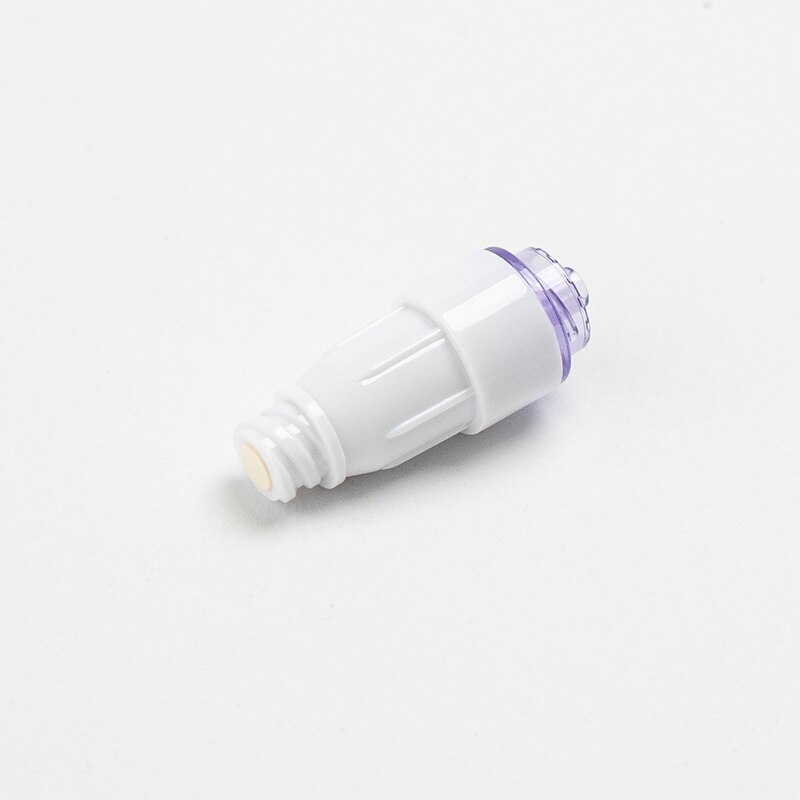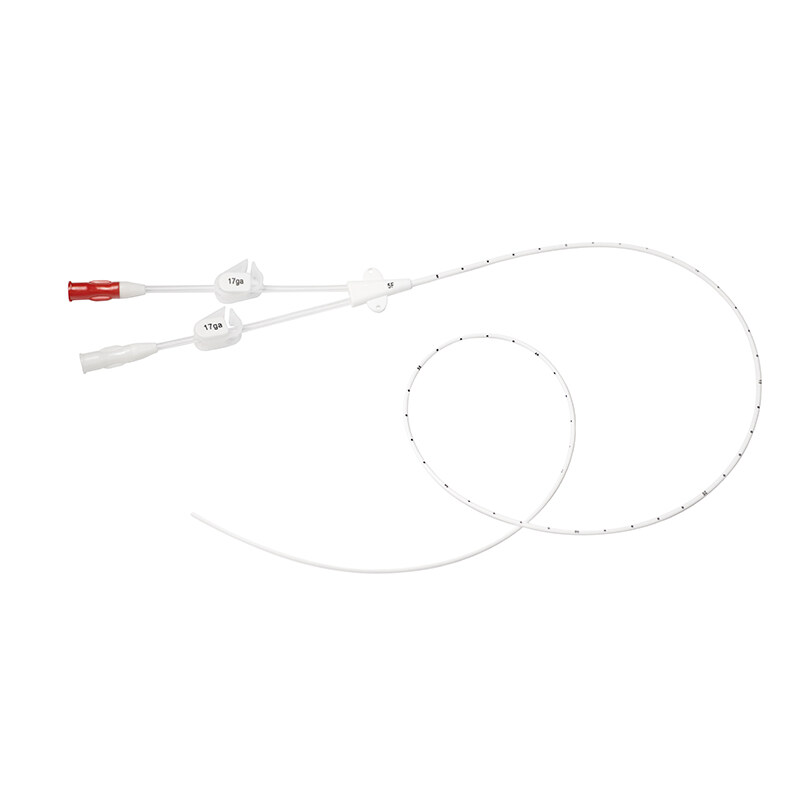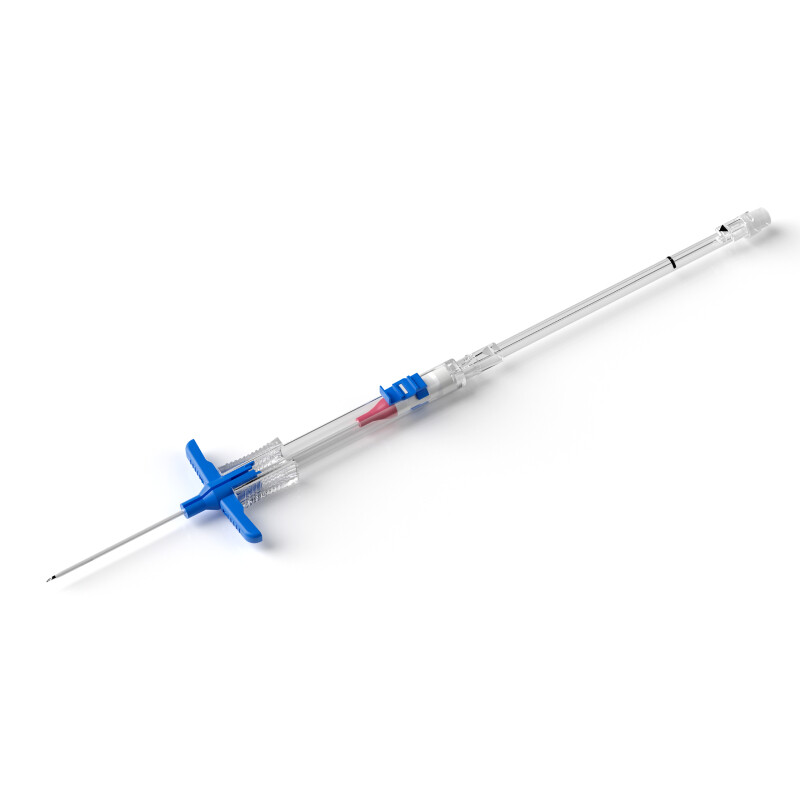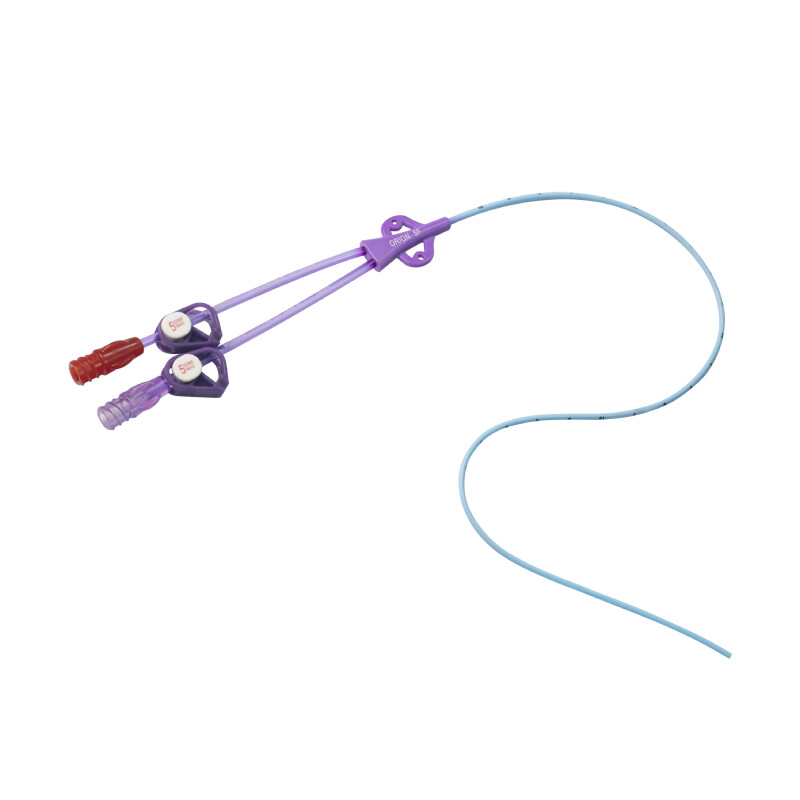- Home
- About Us
-
Products
- PICC
- CVC
- HEMODIALYSIS CATHETER
- MIDLINE CATHETER
- NEEDLE-LESS VALVE
- DISINFECTION CAP
- ARTERIAL CATHETER
- UMBILICAL CATHETER
- Cap with Povidone-iodine
- Disposable Biopsy Needle
- Locking Titanium Adapter
- Extended PD Transfer set (6") withTwist Clamp
- Disposable Needle Cuide Replacement Kits
- Repositionable Pulmonary Nodule Localization Needle
- Repositionable Breast Localisation Needles (BLN)
- News
- Contact Us

.jpg)

.jpg)
.jpg)
.jpg)
.jpg)
.jpg)
.jpg)



.png)

(1).png)
